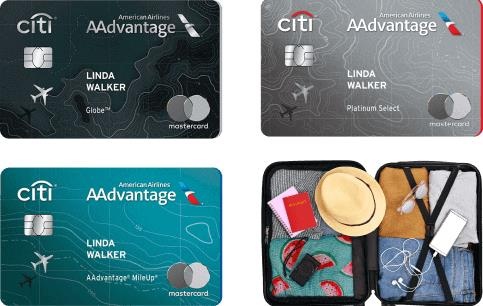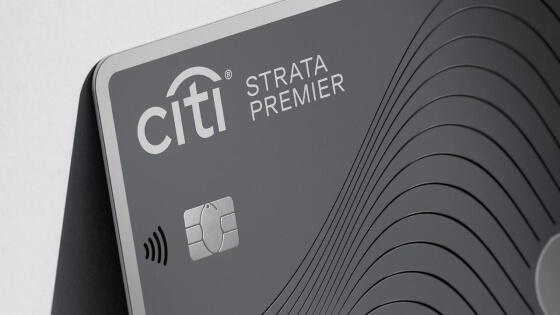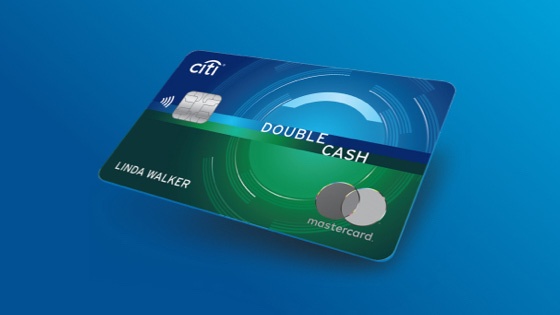Por favor, tenga en cuenta que es posible que las comunicaciones futuras del banco, ya sean verbales o escritas, sean únicamente en inglés. Estas comunicaciones podrÃan incluir, entre otras, contratos de cuentas, estados de cuenta y divulgaciones, asà como cambios en términos o cargos o cualquier tipo de servicio para su cuenta. Además, es posible que algunas secciones de este website permanezcan en inglés.
Please be advised that future verbal and written communications from the bank may be in English only. These communications may include, but are not limited to, account agreements, statements and disclosures, changes in terms or fees; or any servicing of your account. Additionally, some sections of this site may remain in English.
- Credit Cards
- Banking
- Lending
- Investing
- Wealth Management
ATM / BRANCH
- Notificación importante
Por favor, tenga en cuenta que es posible que las comunicaciones futuras del banco, ya sean verbales o escritas, sean únicamente en inglés. Estas comunicaciones podrÃan incluir, entre otras, contratos de cuentas, estados de cuenta y divulgaciones, asà como cambios en términos o cargos o cualquier tipo de servicio para su cuenta. Además, es posible que algunas secciones de este website permanezcan en inglés.
Please be advised that future verbal and written communications from the bank may be in English only. These communications may include, but are not limited to, account agreements, statements and disclosures, changes in terms or fees; or any servicing of your account. Additionally, some sections of this site may remain in English.
- Open an Account






